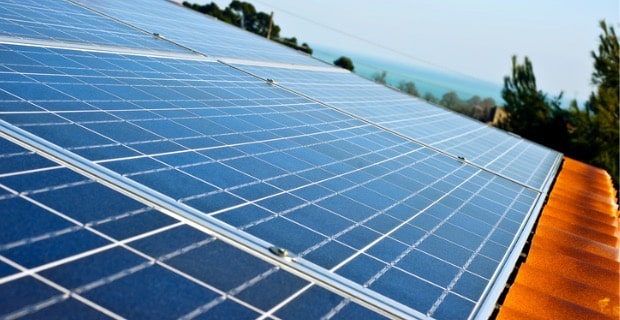Earlier this week, Monash University published an article on its LENS platform, noting the current opportunity sitting within recycling solar panels for a more sustainable renewable sector. As a country, we have a national craving for this kind of technology and the industry is only expanding as years go on.

But a big part of industry innovation has also been how to maintain production rates of panels, without hindering the environment when these products past their expiry date. Like most technology, these systems do hit a time where they are less than efficient or no longer as productive as they once were. When this happens, they’re tossed out and contribute to landfill for the most part.
What happens to expired solar panels?
Right now, the average lifespan for panels sits at 20 years, and a lot of installations dating back to 2000 are now due for retirement. This raises concerns on where they’ll end up – landfill is becoming less of an option.
The problem is that recycling these systems is a lot more expensive than landfill, and recovering certain materials from these panels is significantly smaller in value than using original counterparts. This makes recycling less admirable to the industry, especially as heavy metals can make the process even more complicated.
The opportunity, however, remains in the possibility of the global electric vehicle (EV) industry expressing interest in parts recovered from solar products – as highlighted by Monash University.
As time goes on, more and more electric vehicles are making their way into the market, and these designs all need resources to be designed and manufactured. The unique opportunity sits in materials from solar products used within these creations. While this will require significant research and development, the push for experts to utilise these second-hand parts within the EV landscape is now a priority.
In Australia, the approach that comes at the end of a panel’s life isn’t regulated. This means that the recycling process is less than ideal on home soil, and the waste management program behind these products needs a major rehaul. Europe is the only continent to roll out a robust and clear-cut framework to support a PV recycling program, and for us to make a positive change in the same format, we’d need a similar approach.
For example, Europe recycles silicon modules used in panels and has been for over ten years. How Australia looks to incorporate a similar process remains a mystery, but one that’s worth exploring if we are to continue our rate of renewables expansion.









































